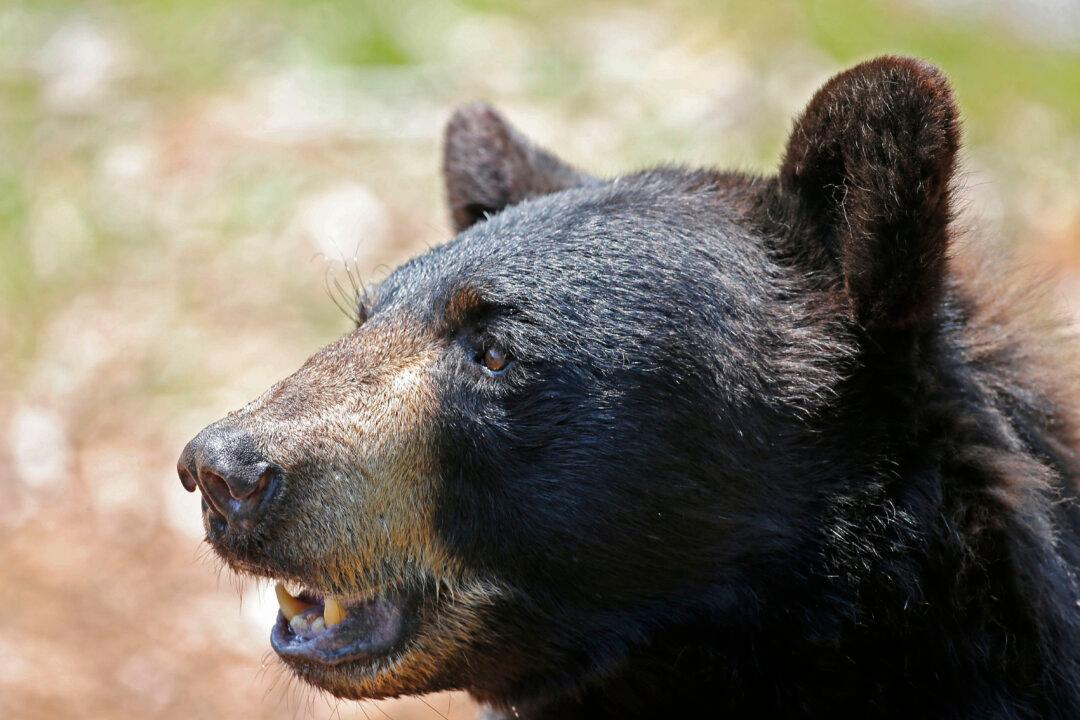NEW YORK—In September, 22-year-old Rutgers student Darsh Patel was mauled to death by a black bear while hiking in the Apshawa Preserve in northwest New Jersey, marking the state’s first fatal encounter between bear and man in over 150 years.
Black bears are mostly averse to confrontation with humans, and attacks are rare. Between 1900 and 2009, only 63 people were killed by non-captive black bears in North America, according to an analysis in the Journal of Wildlife Management.
During the 19th century, deforestation and unregulated hunting had devastated black bear populations. This led in the mid-20th century to a federal restriction on selling bear meat. States also stepped up to regulate or stop the hunting of bears.
With no natural predators or pressure from humans, black bears have made a precipitous comeback in the past few decades. Now the pendulum has swung too far in the other direction and bear intrusions into residential areas are increasingly common.
There were several incidents of black bears wandering in residential neighborhoods in South Jersey this summer. And in October, a tape of a six-minute fight between two black bears on the front-porch steps of a suburban North Jersey home became viral online.






